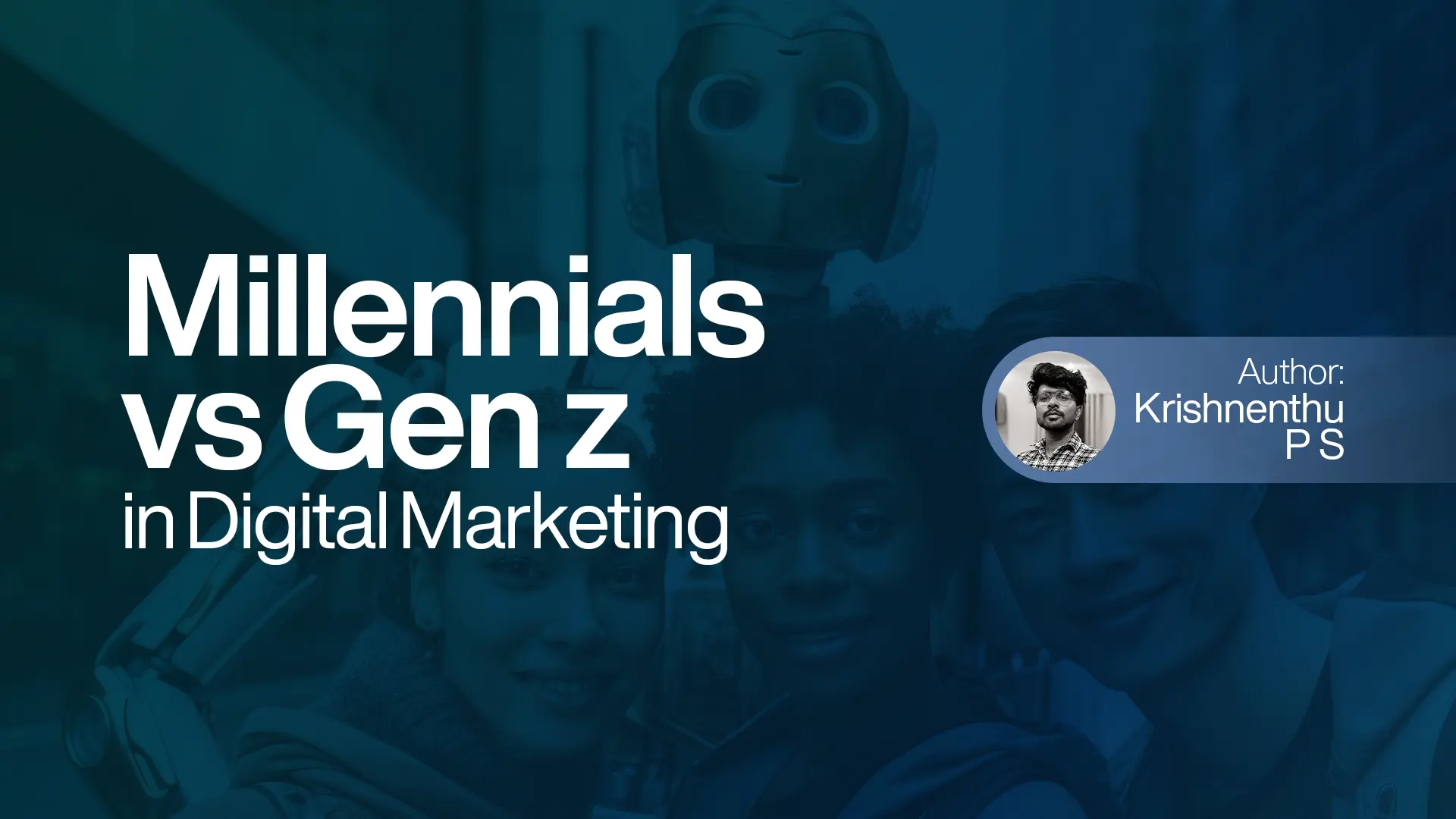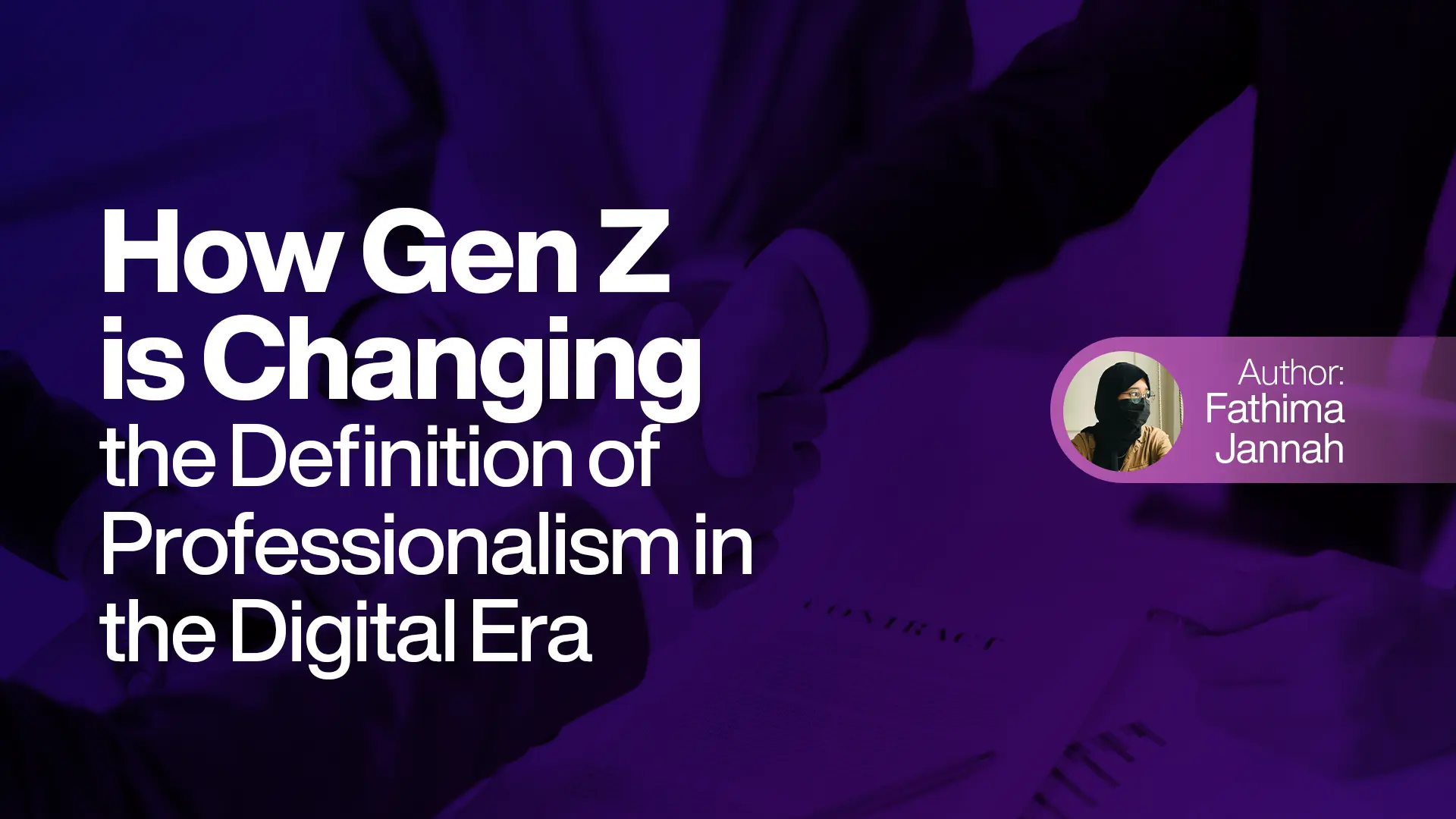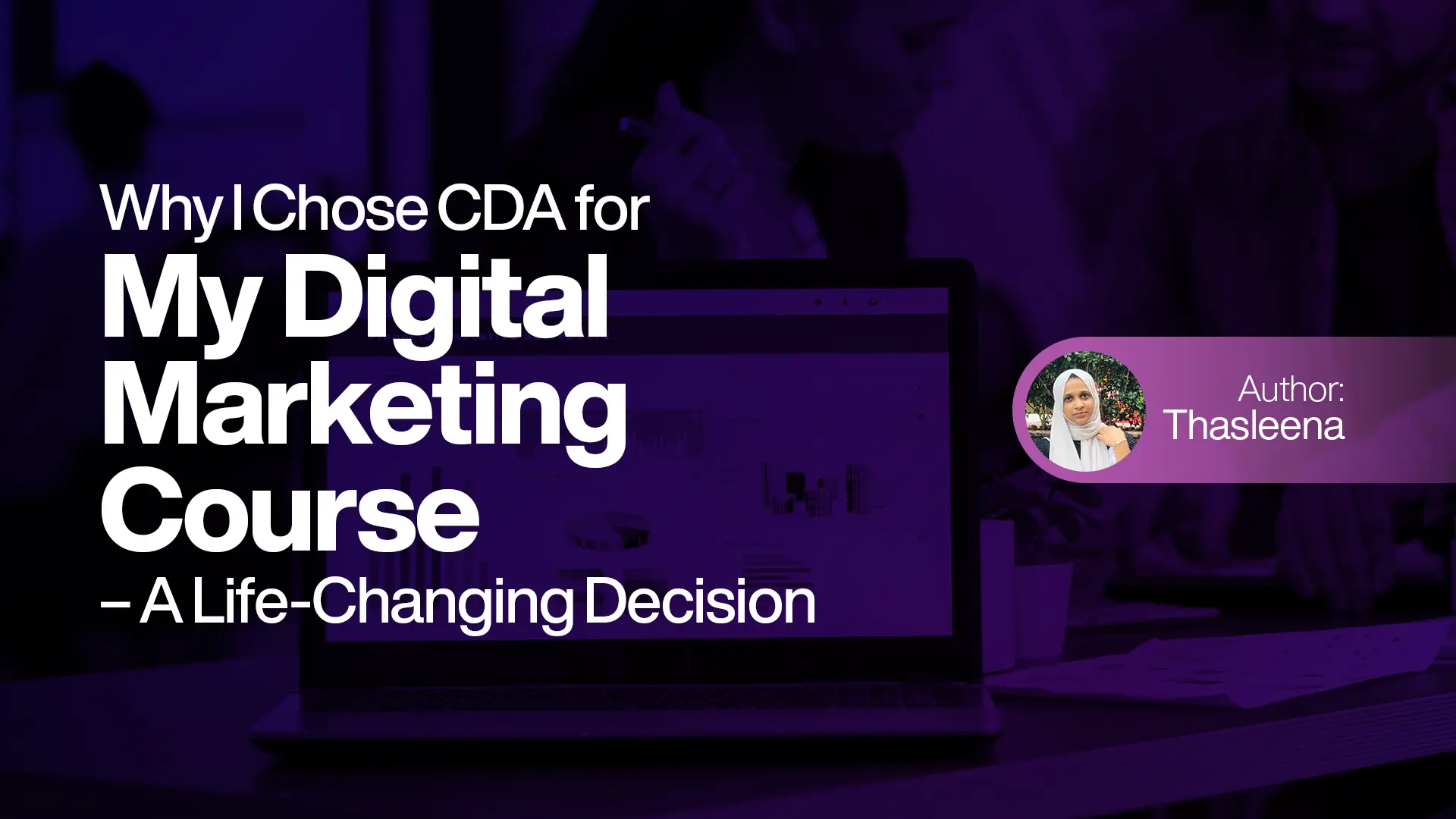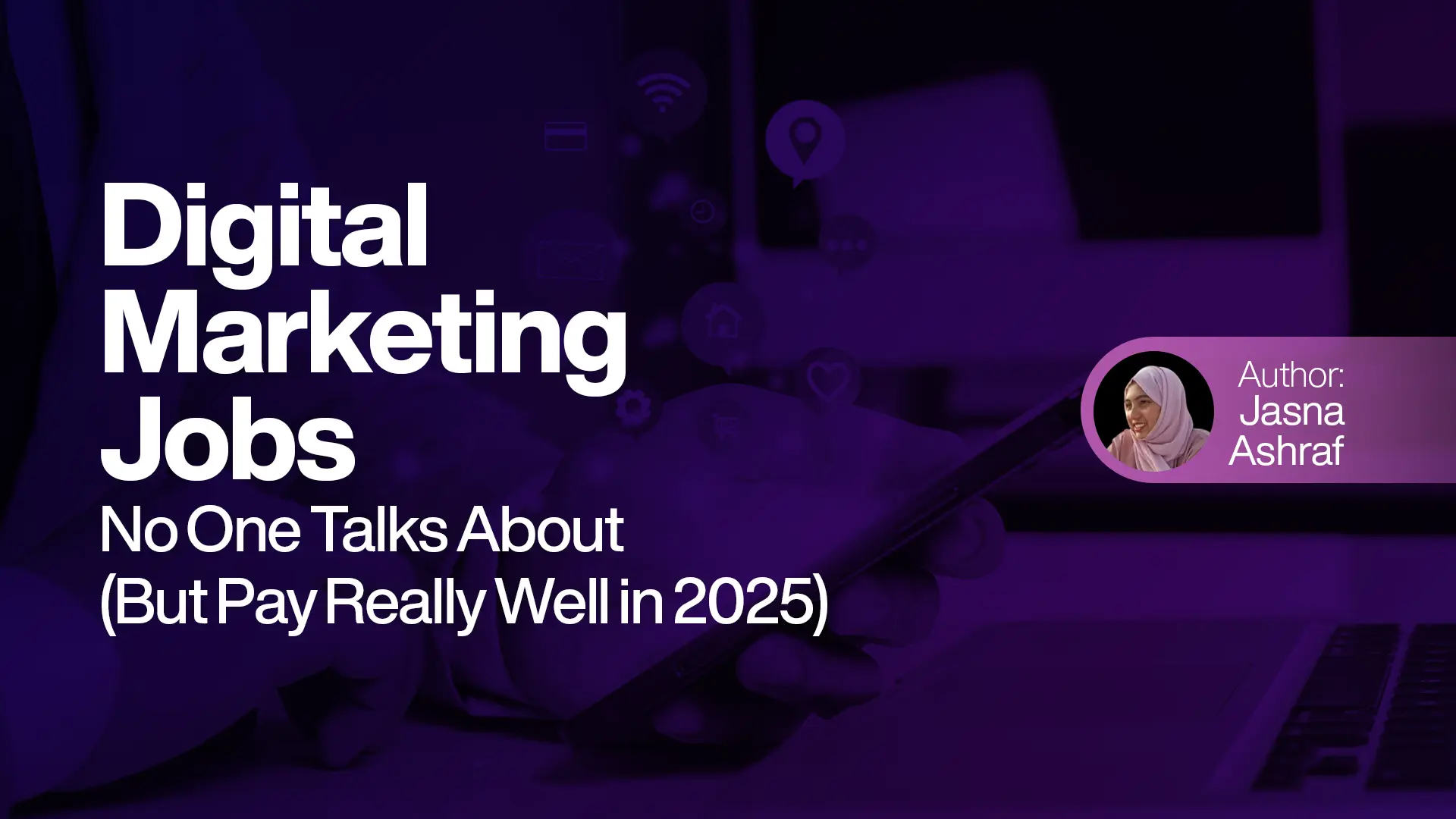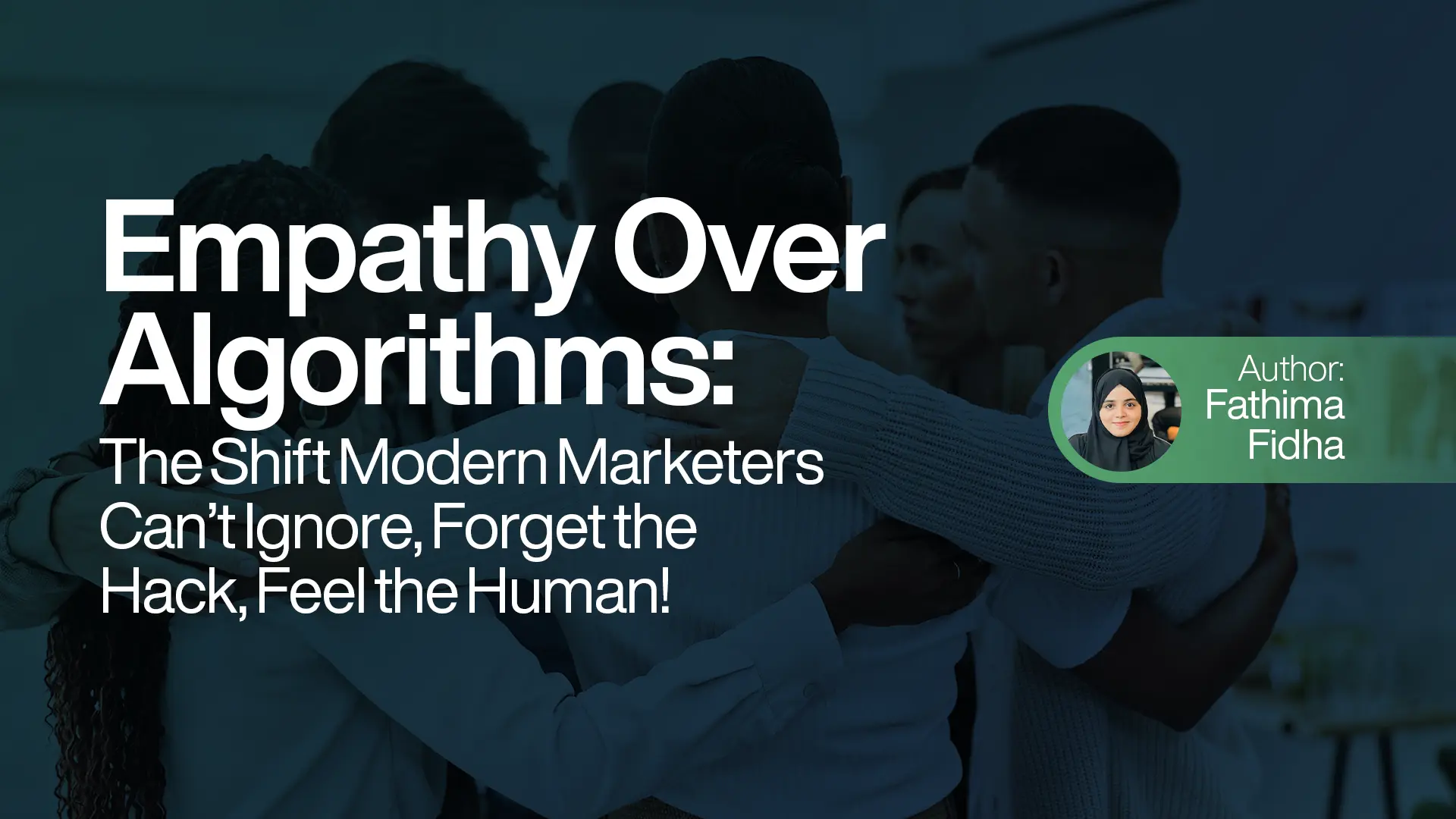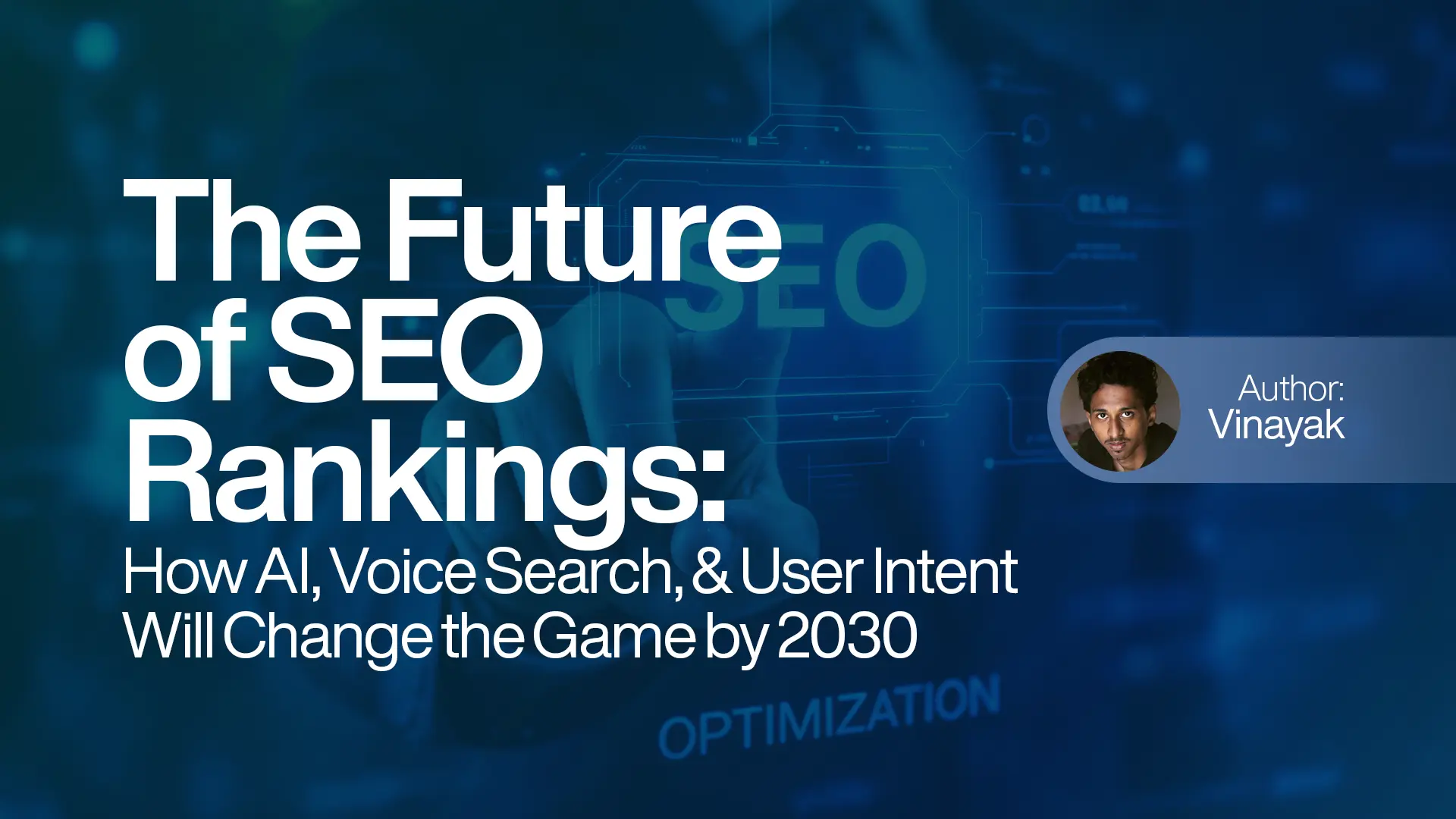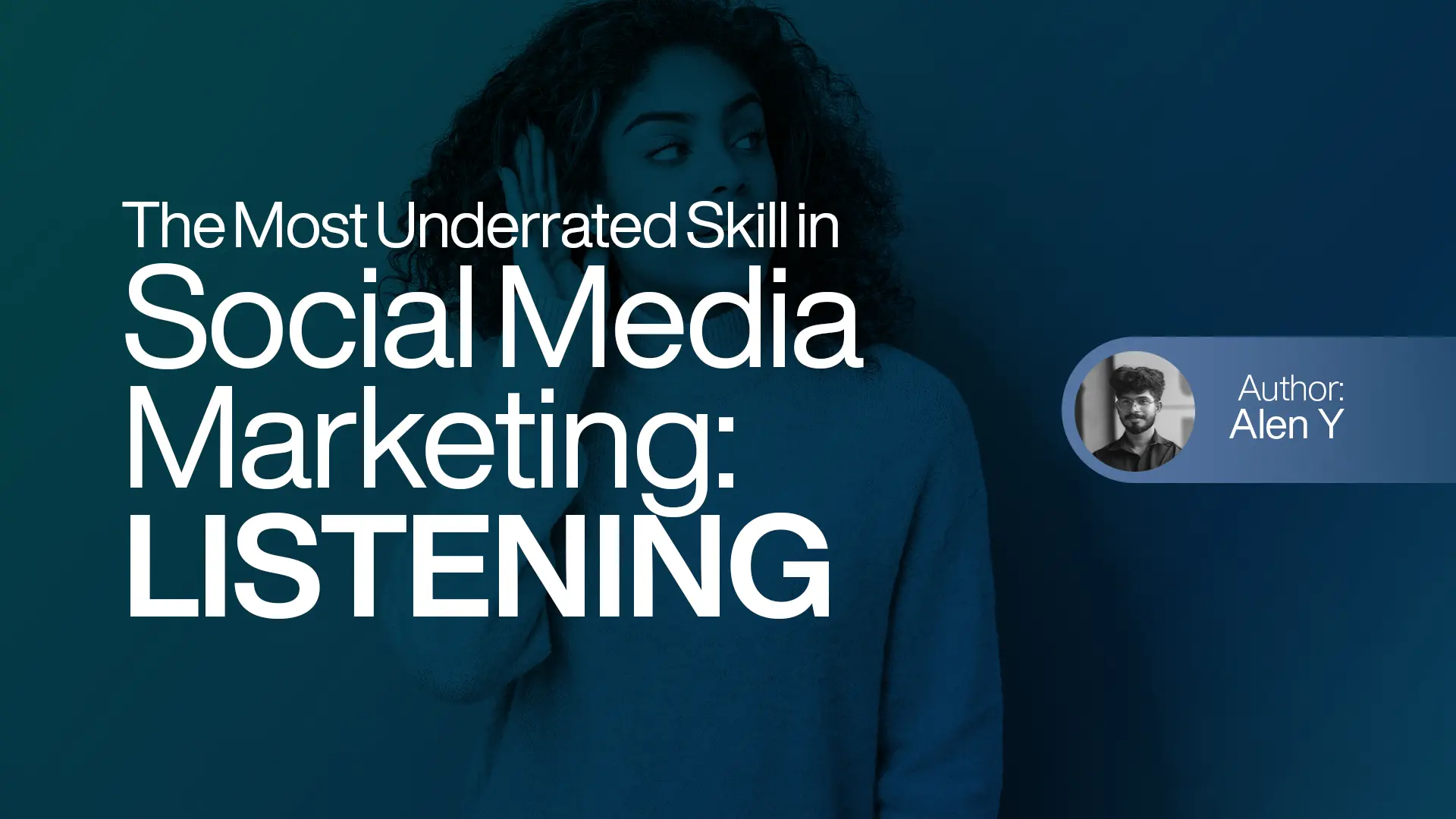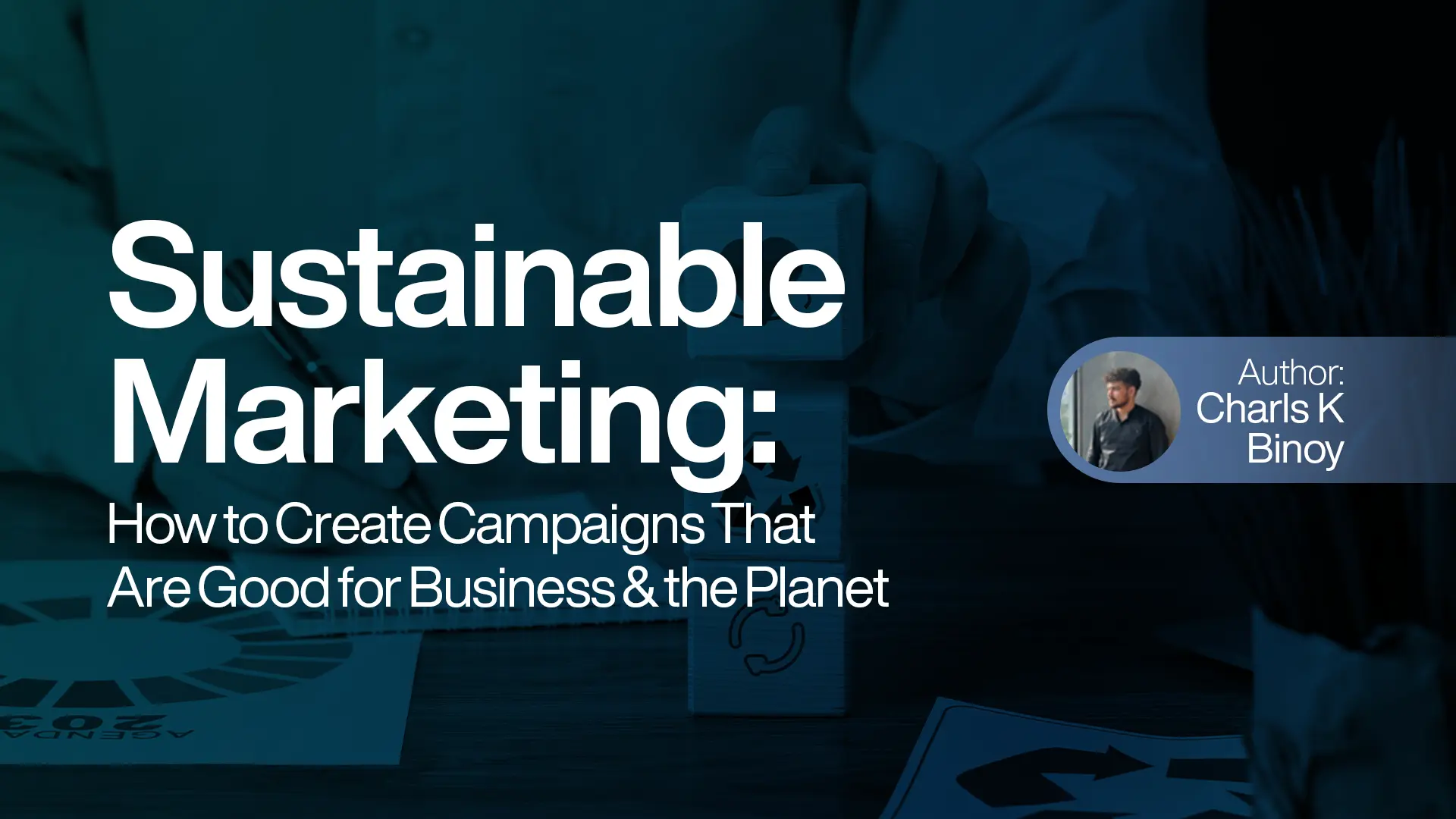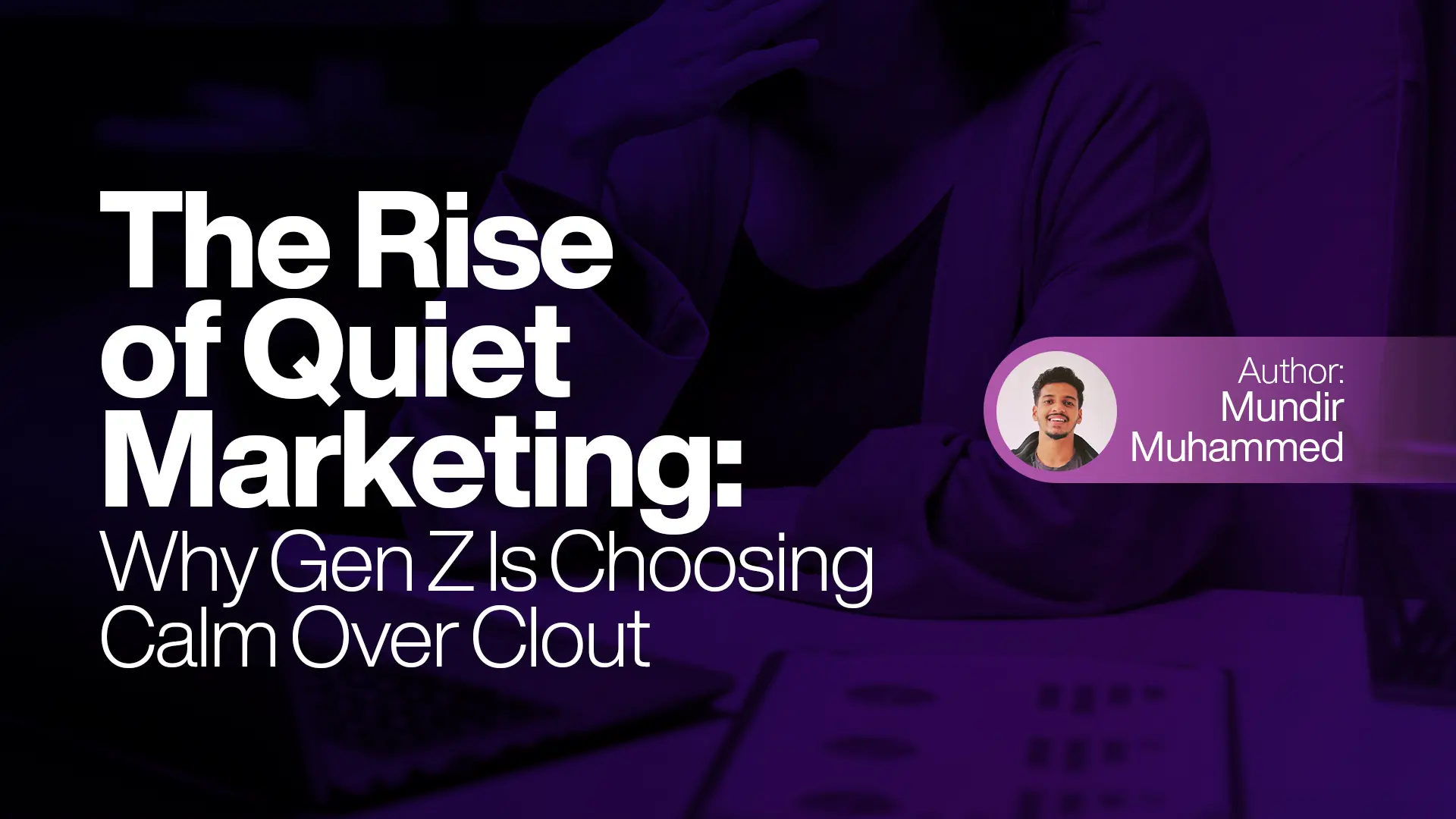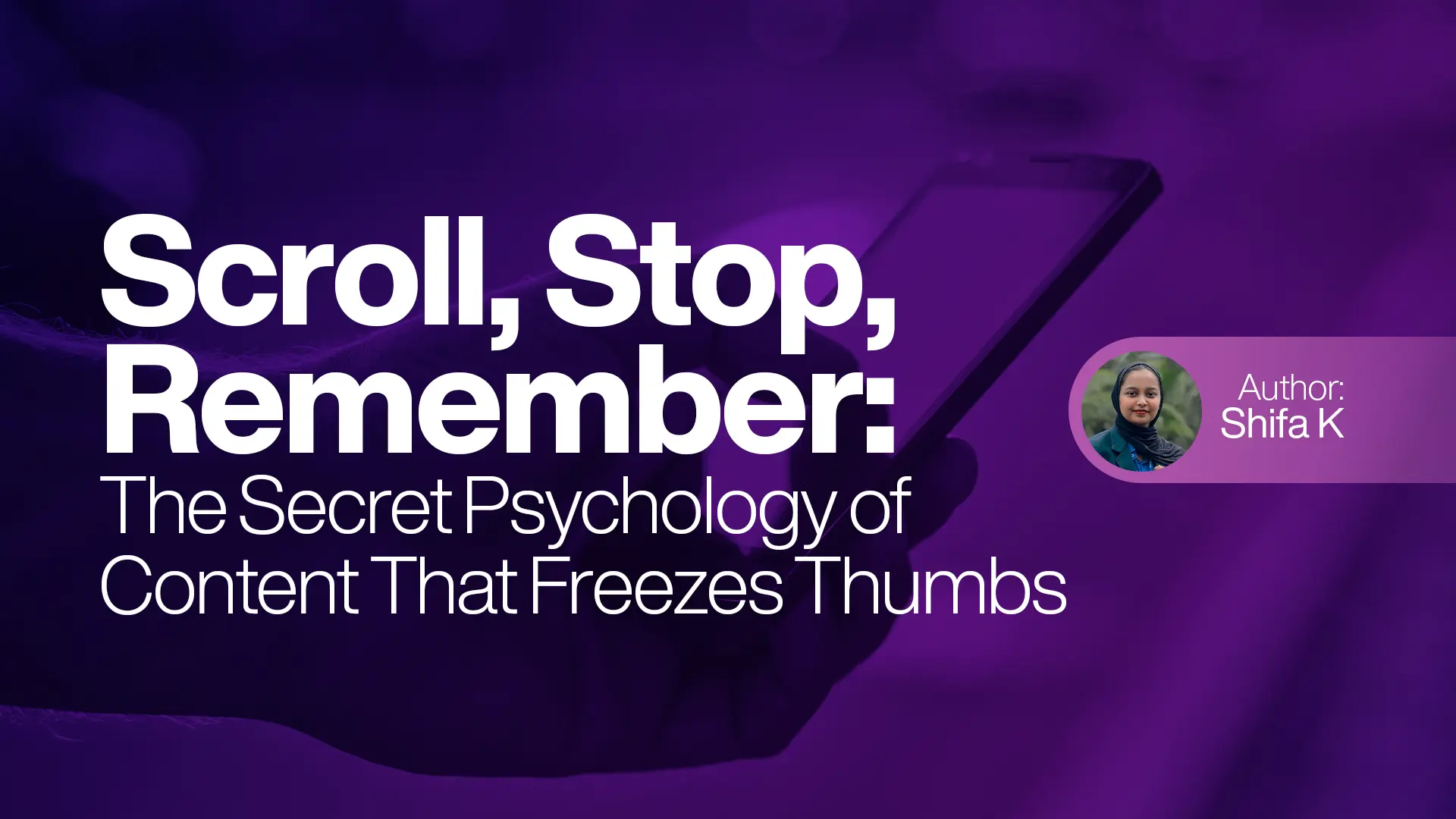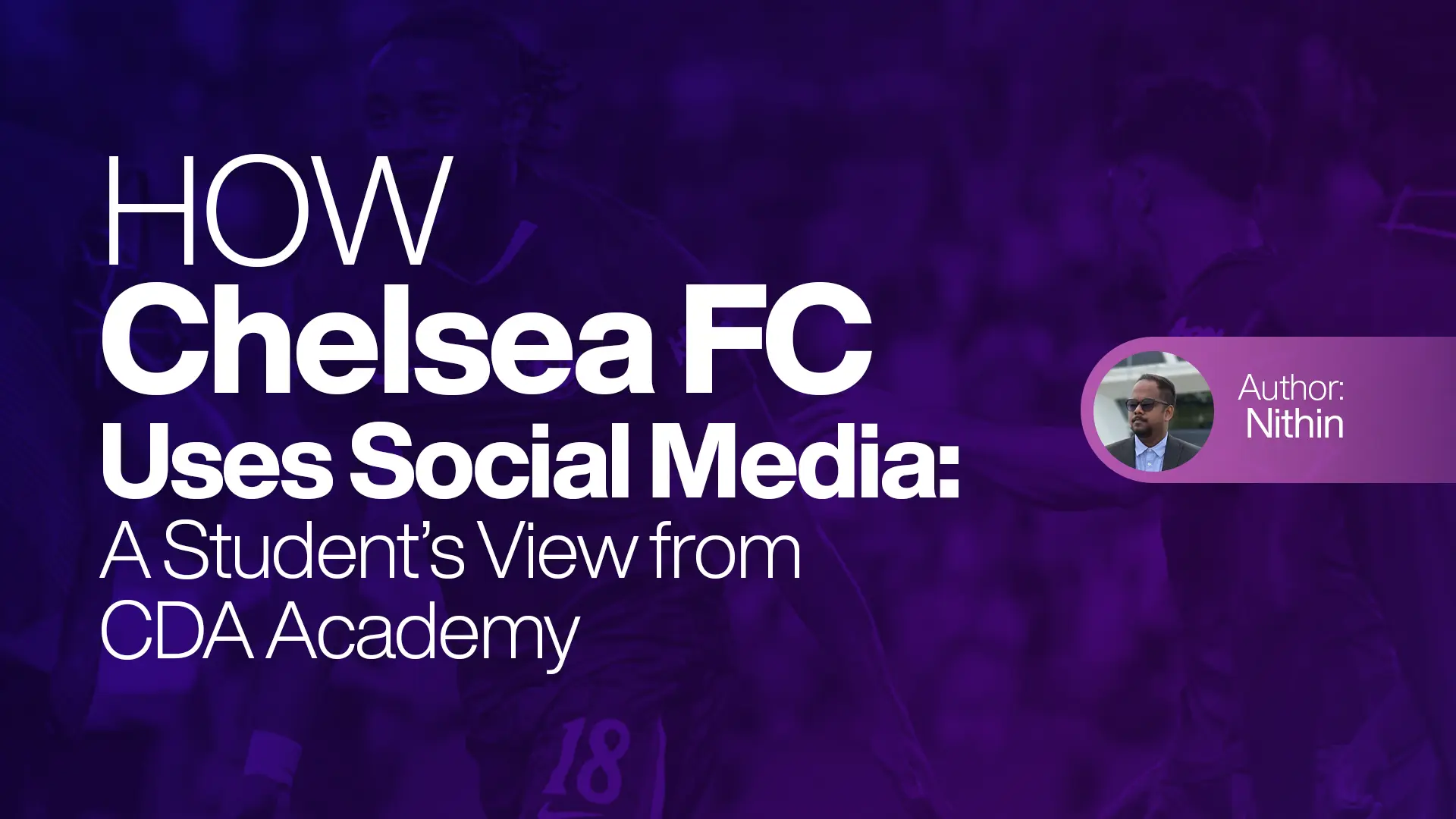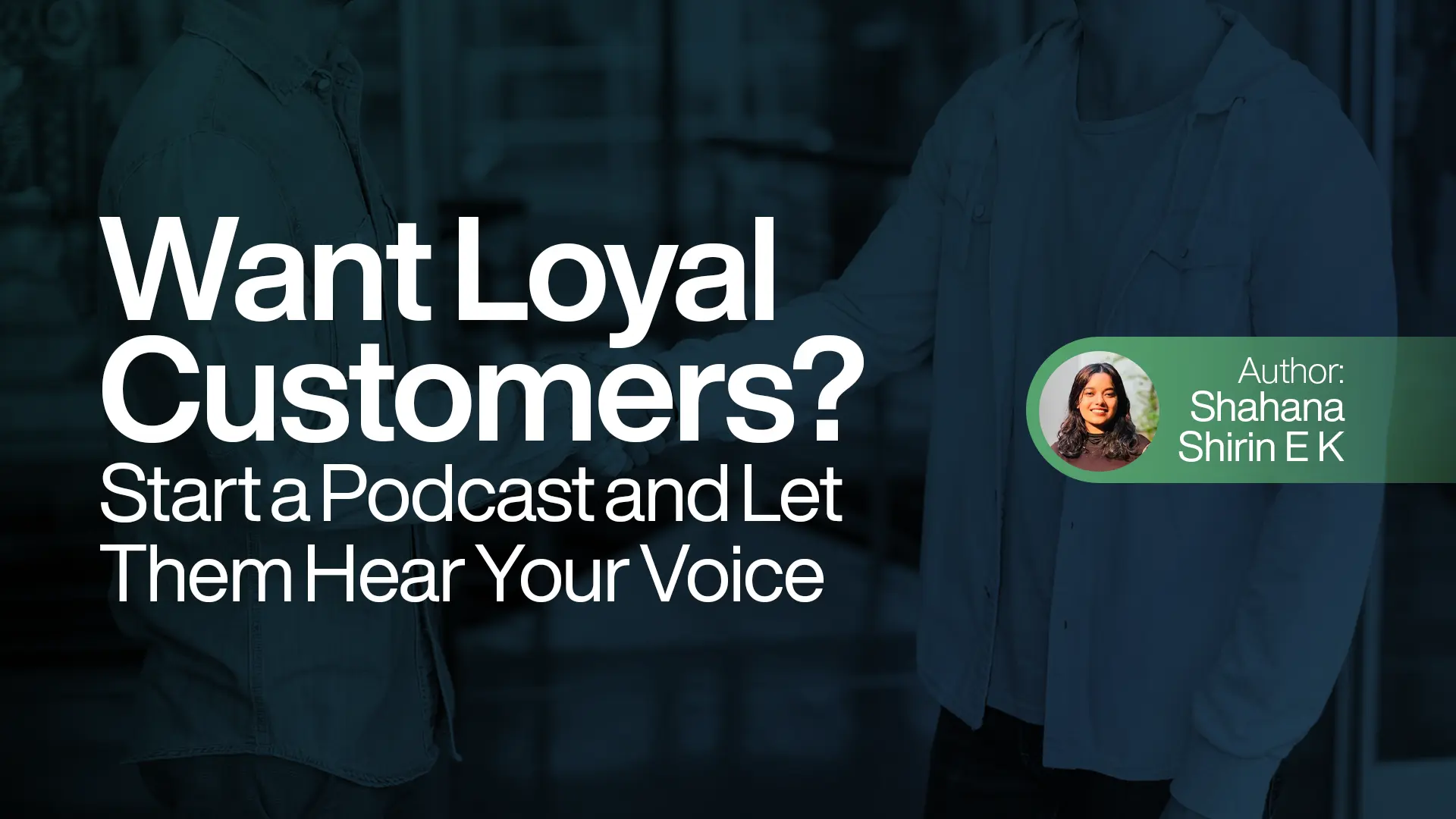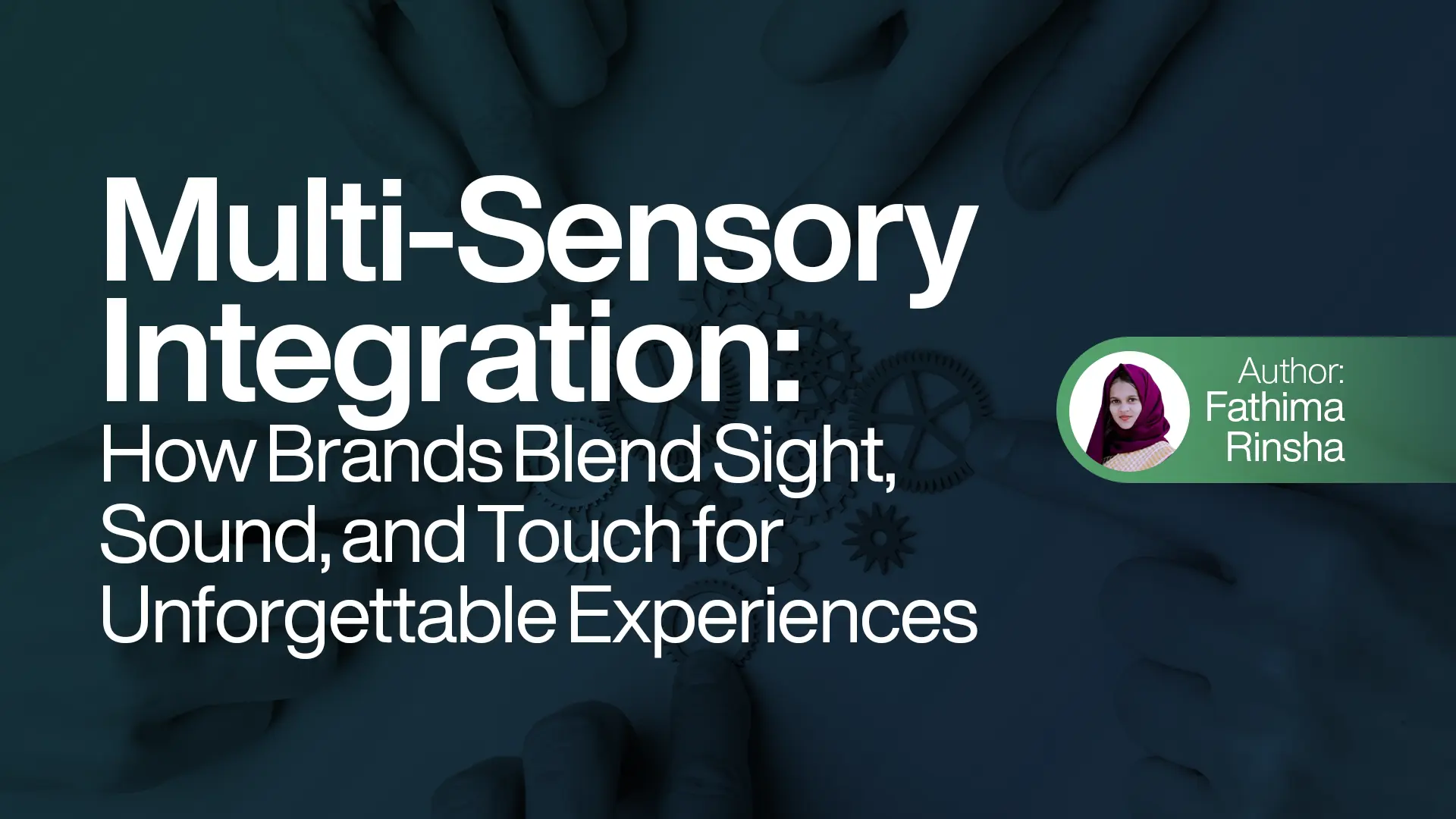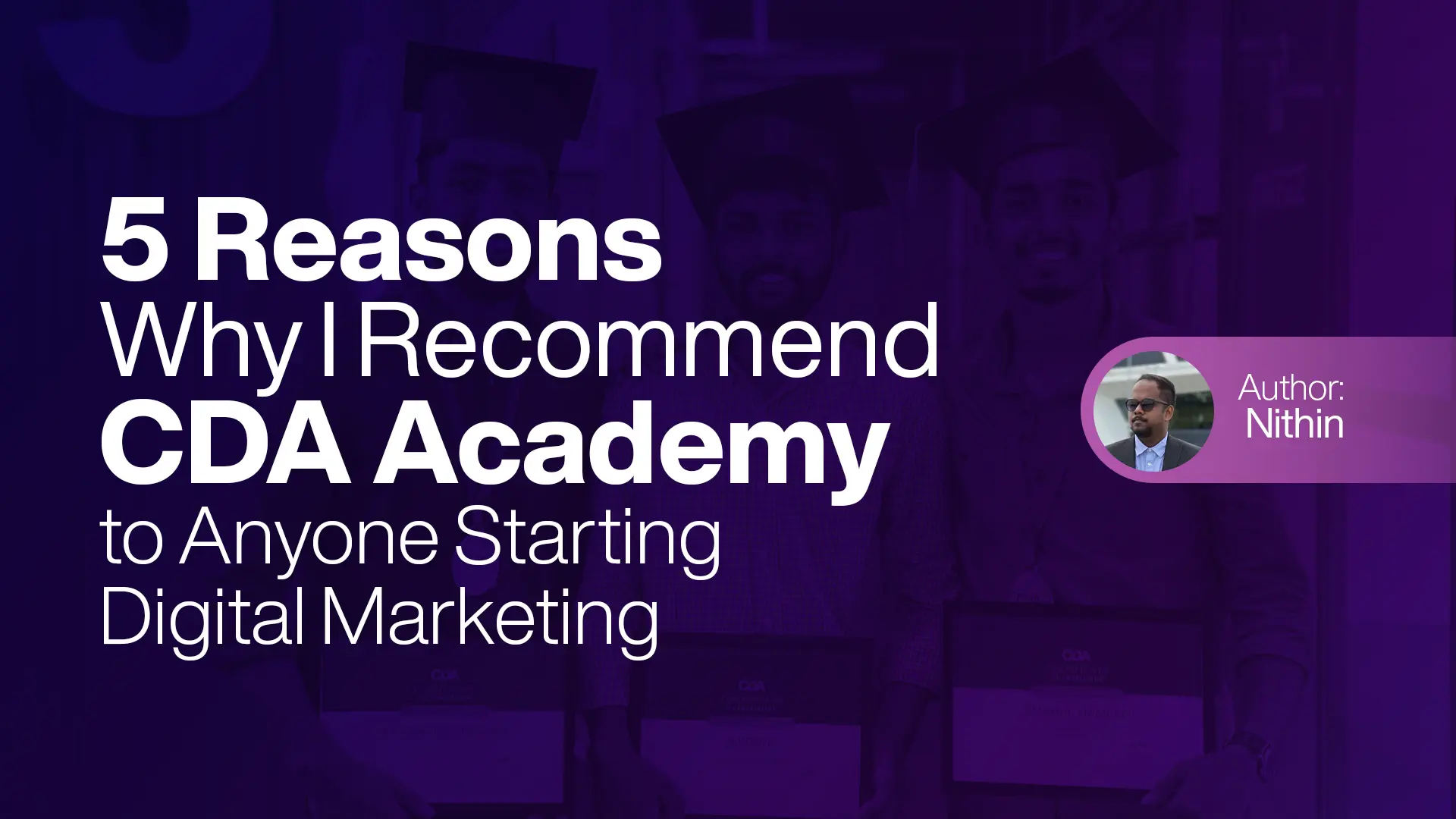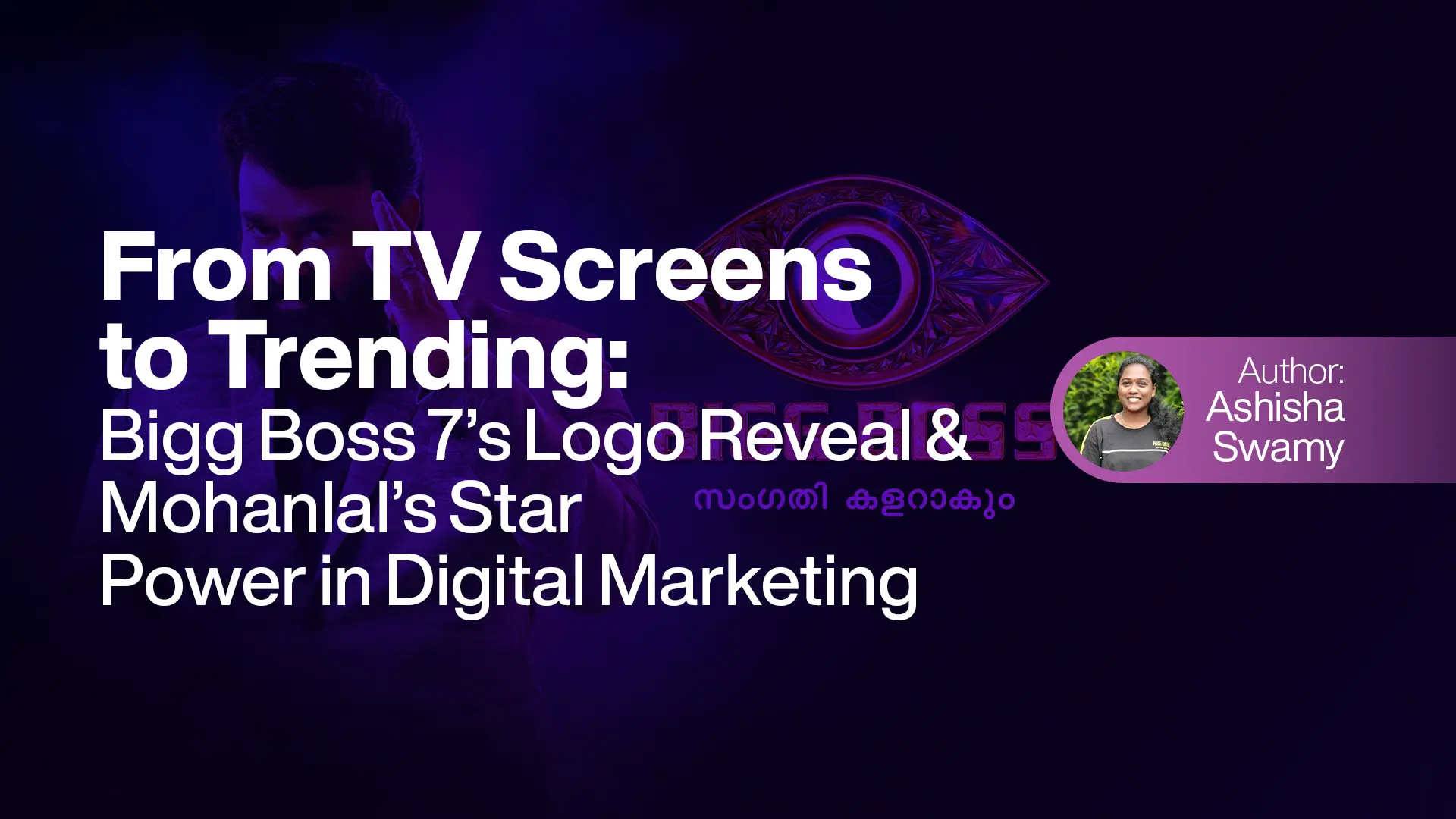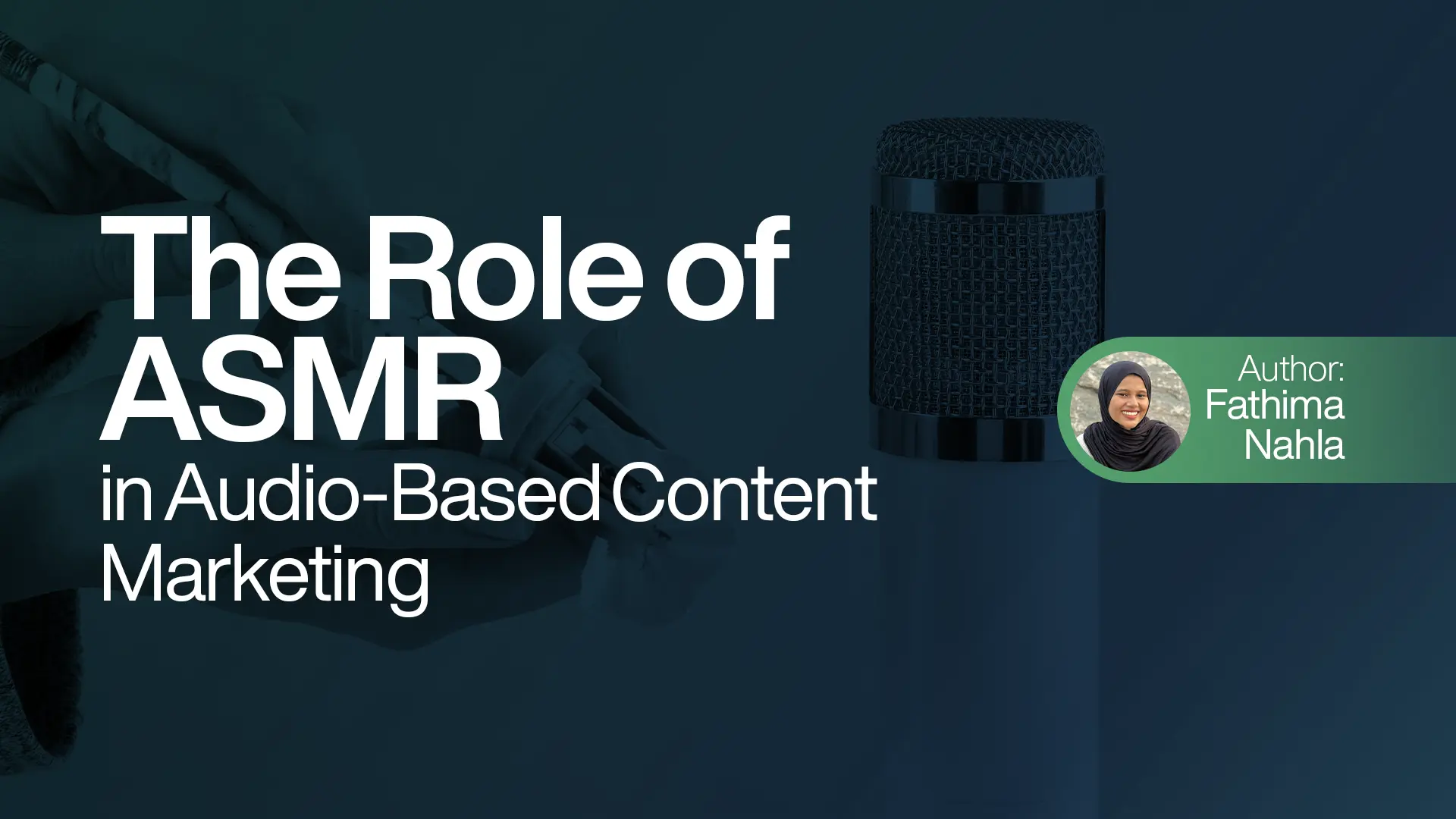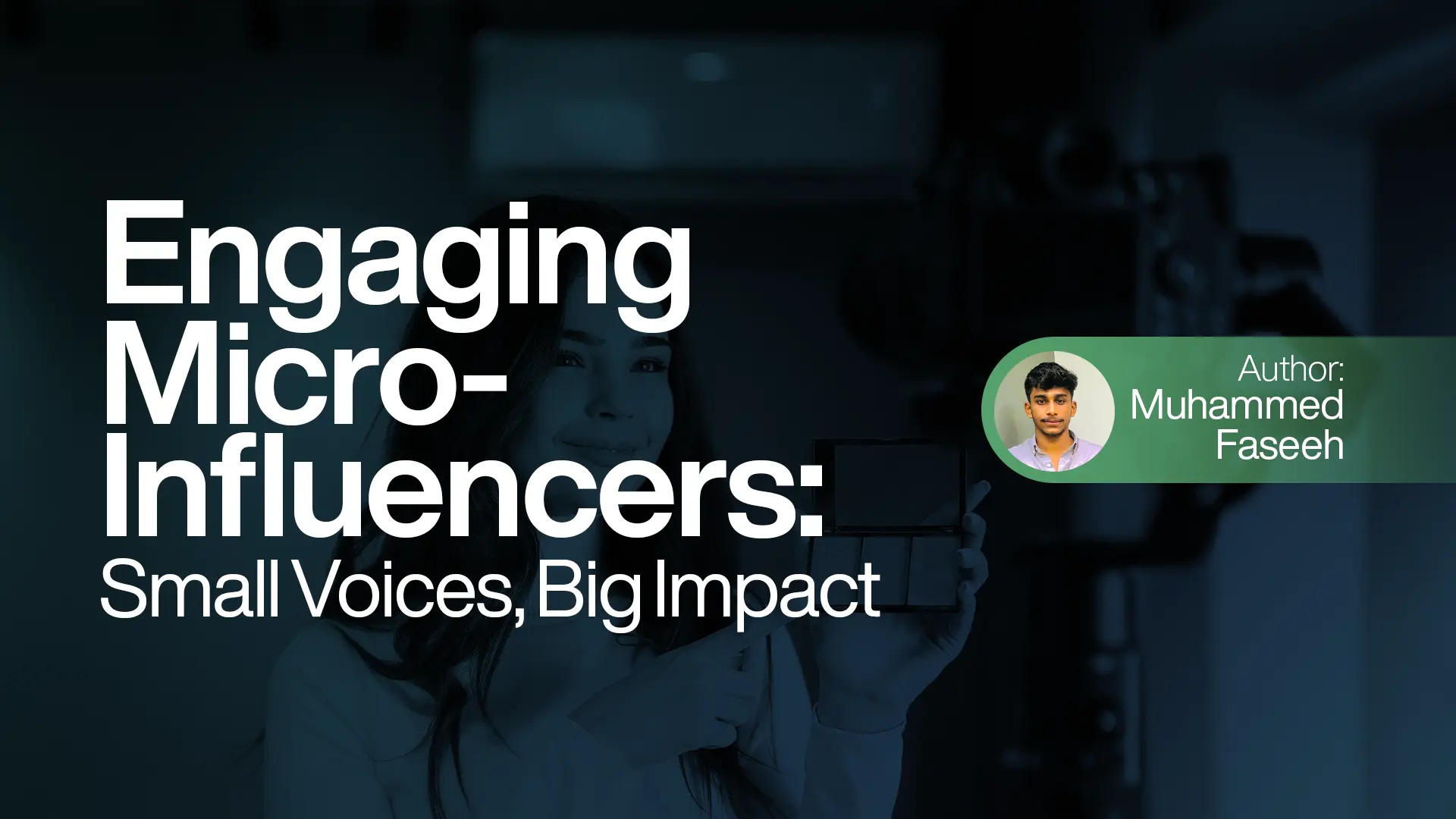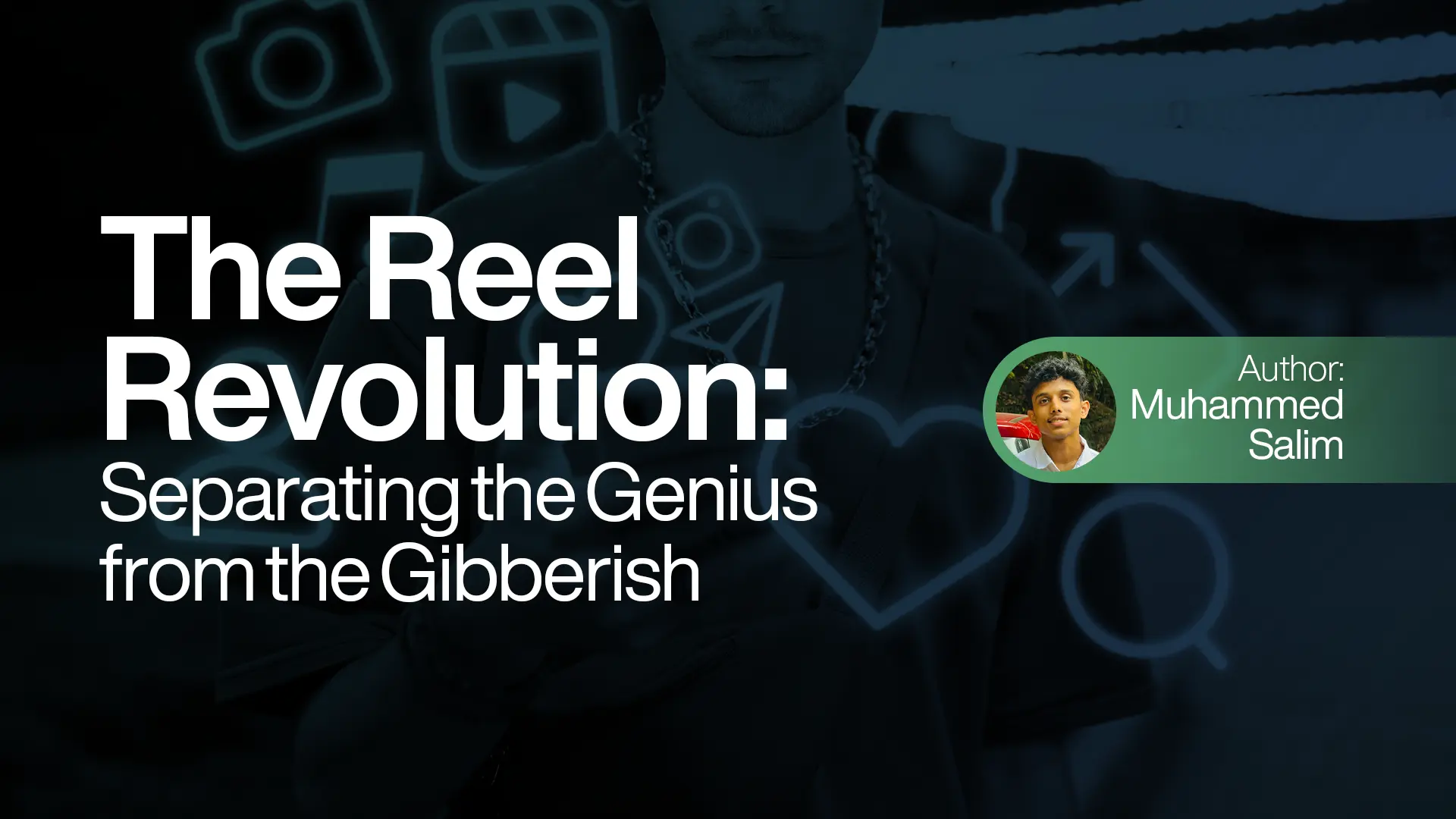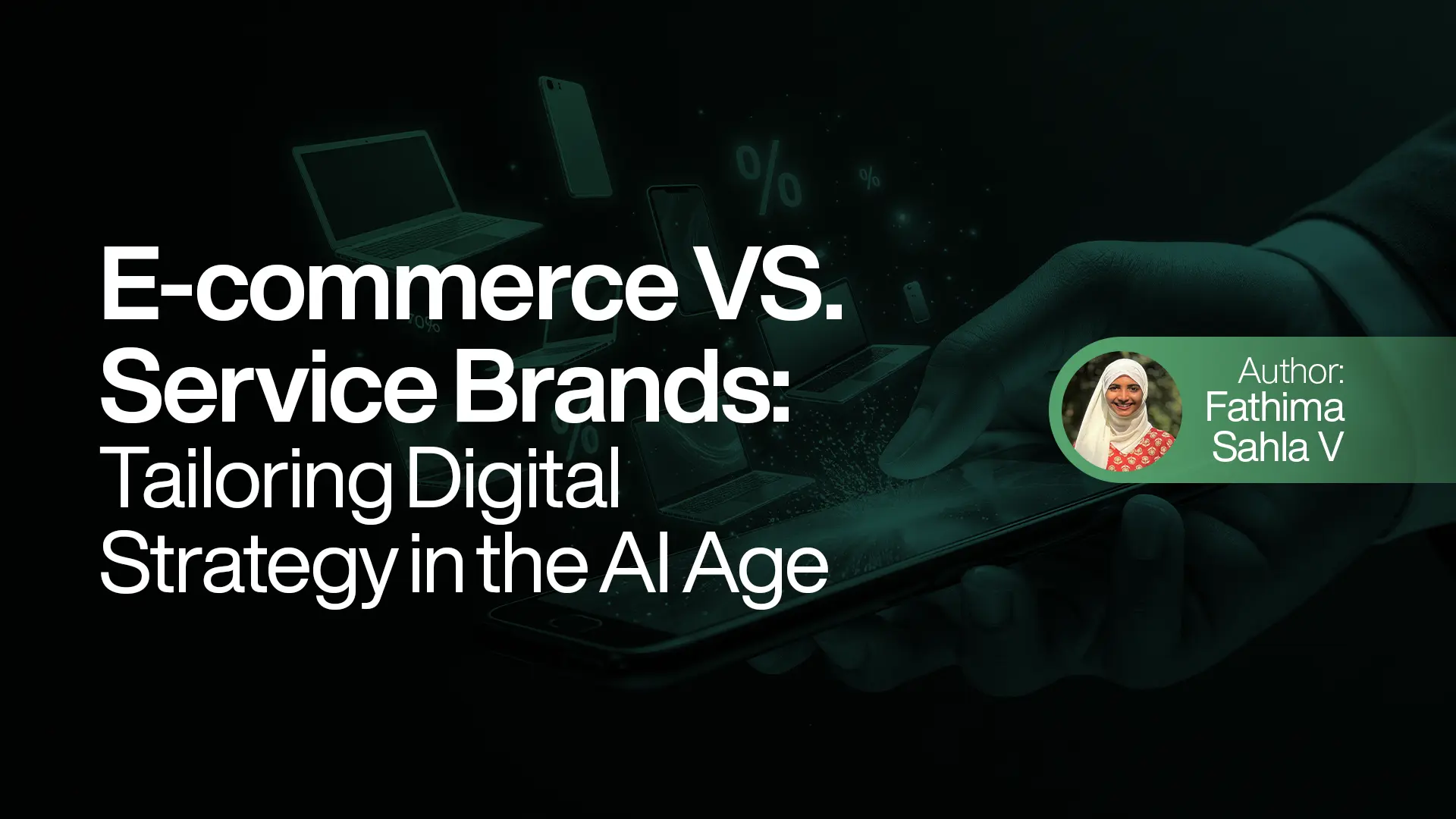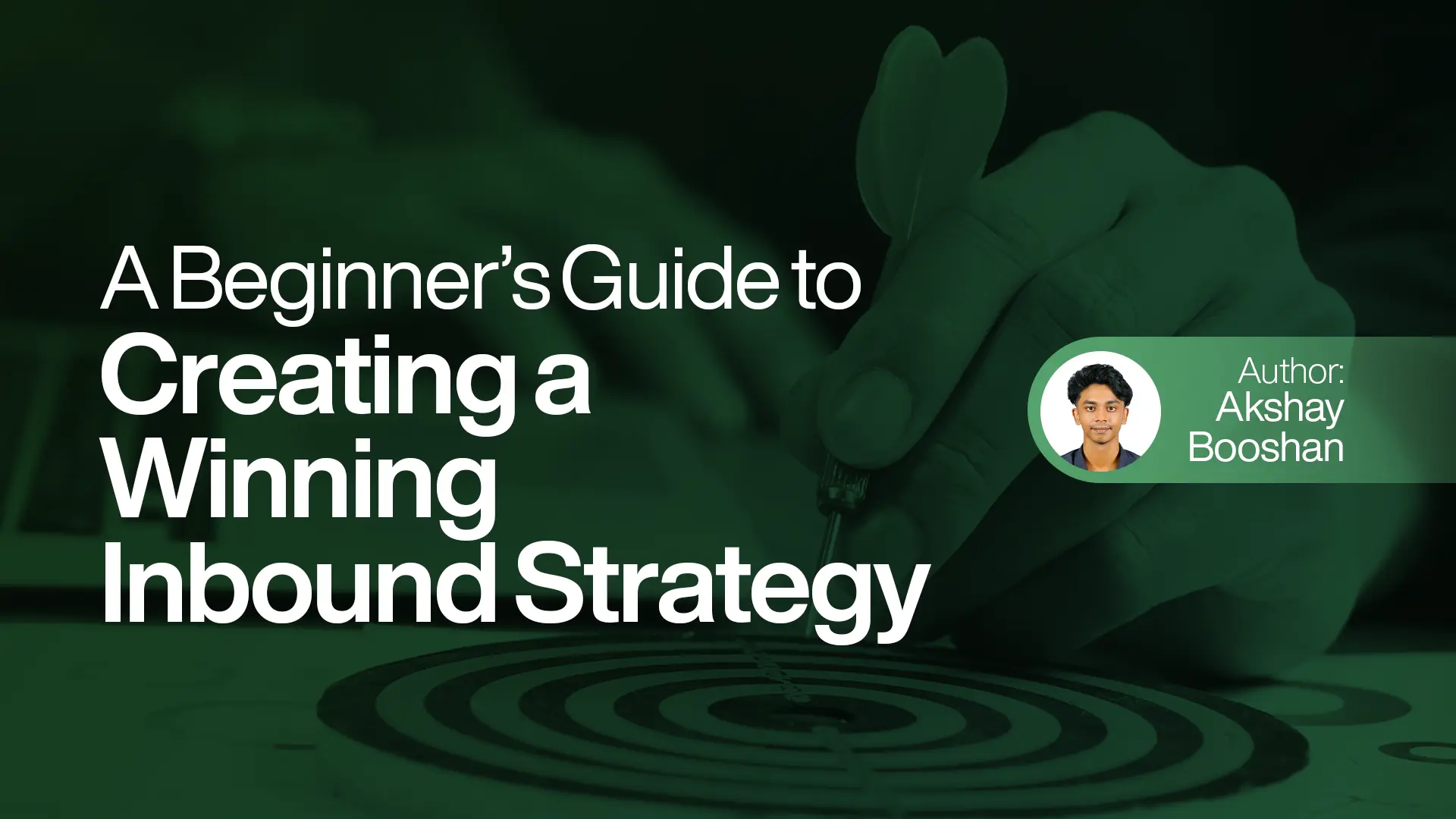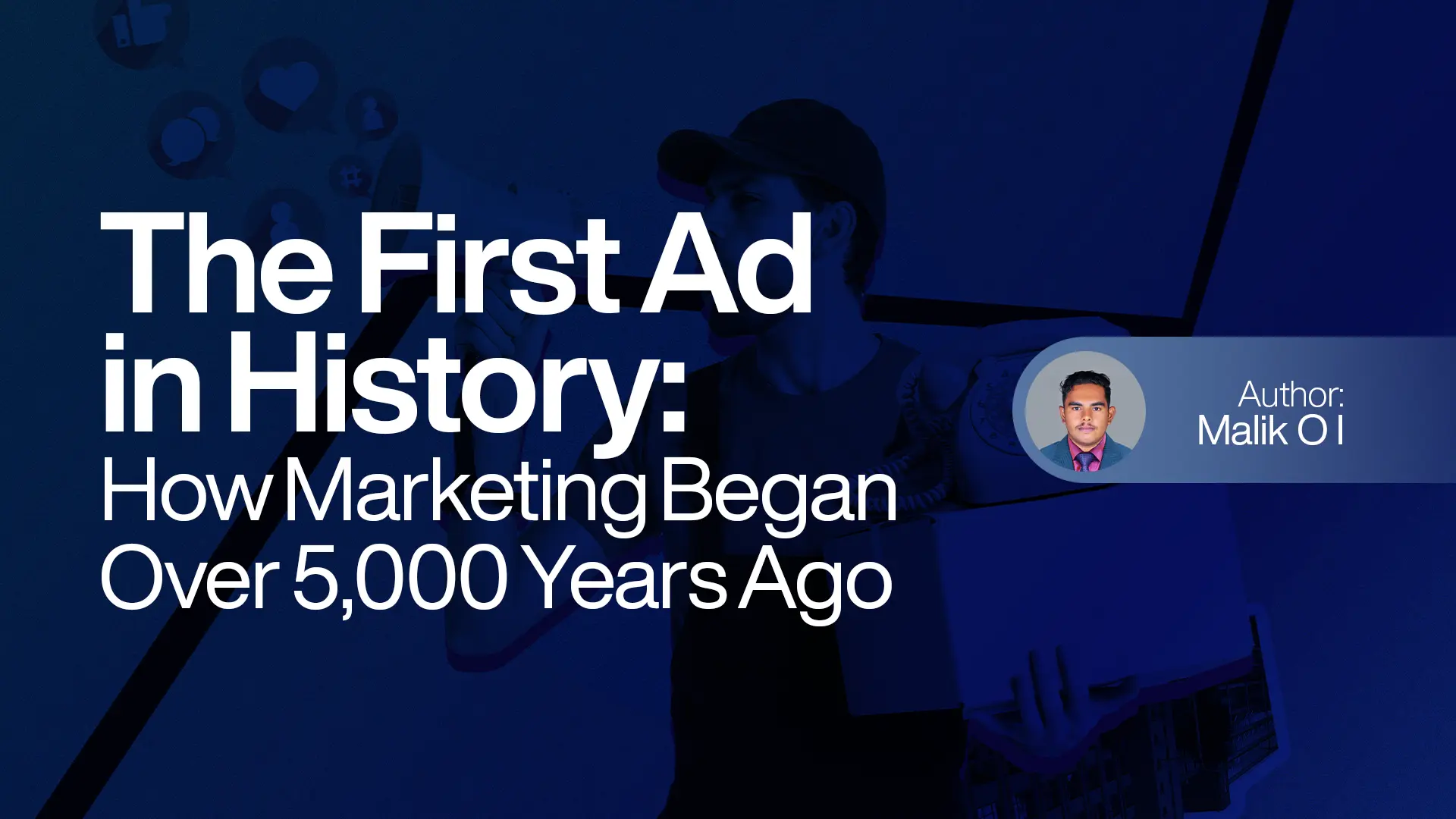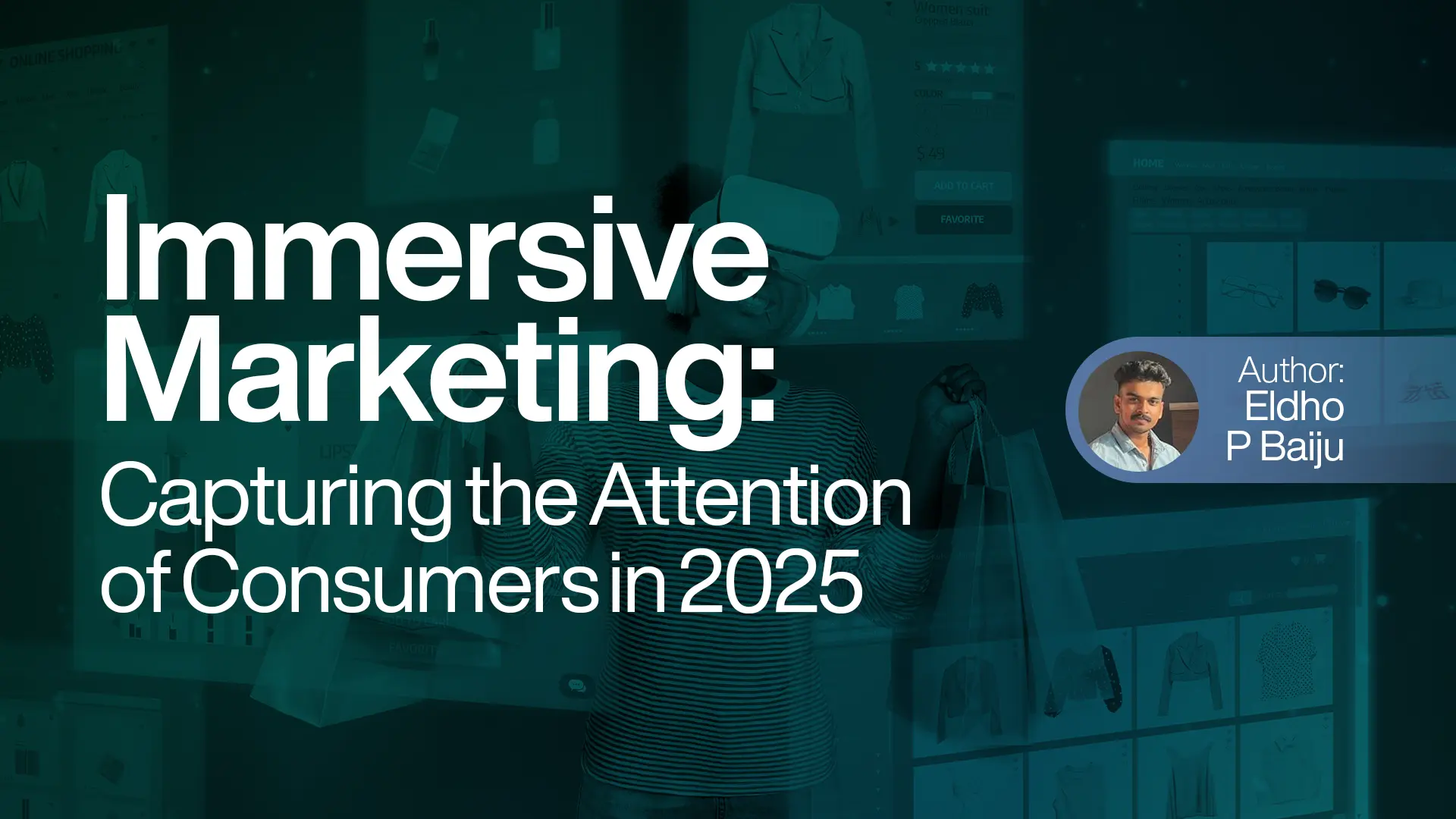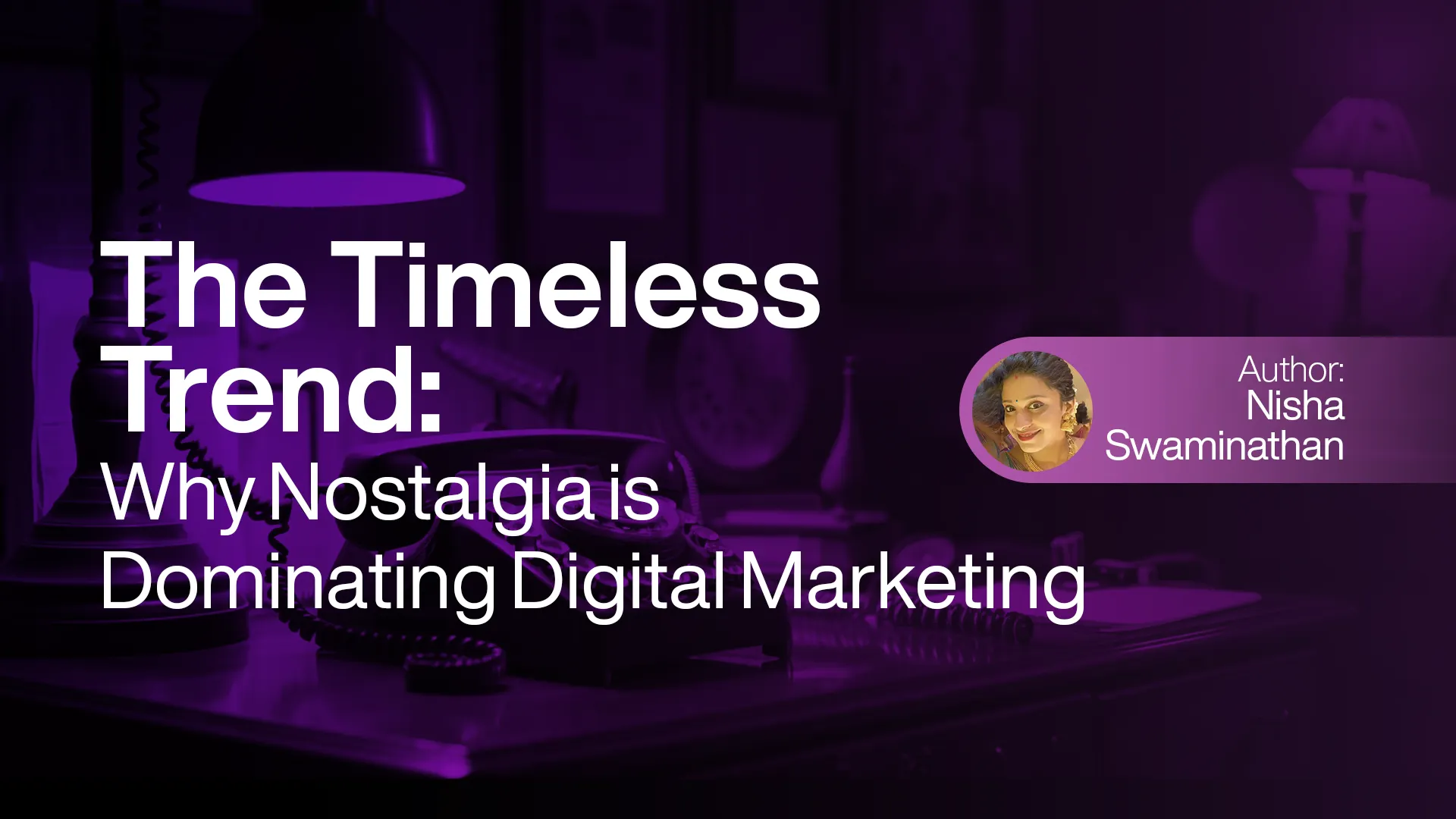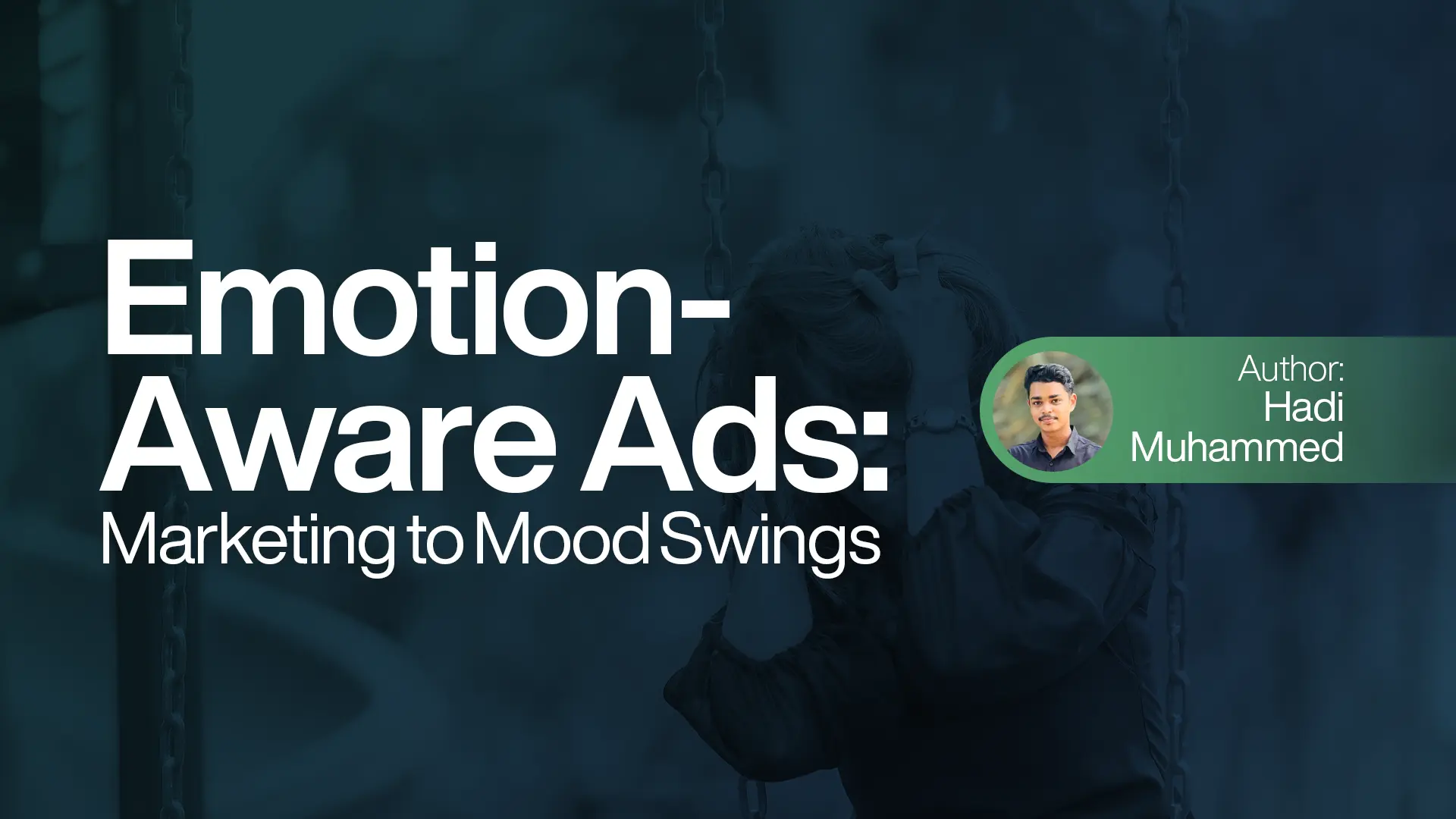
Emotion-Aware Ads: Marketing to Mood Swings
As a digital marketing expert in Kozhikode, you already know that advertisements aren't just visuals and copy; they’re emotional touchpoints. But what if your ads could respond in real time to a person’s mood? Welcome to the future: emotion‑aware ads.
What Are Emotion‑Aware Ads?
These ads utilise Emotional AI, which combines computer vision, voice and sentiment analysis, and even biometrics, to detect how someone feels in that moment. Are they smiling at their screen, frowning in confusion, or scrolling past? The ad then transitions to soothing music, an upbeat tone, and a completely different offer. It's marketing that hears before it communicates.
Why It Works: Emotional Resonance Means Results
Mood-based segmentation has demonstrated a significant effect: categorising users by emotions such as “aspirational optimism” or “nostalgic comfort” is more accurate than relying solely on demographic information.
Watching emotion-savvy campaigns? They’re delivering: ads tuned to emotions get 23% more ad recall, 40% higher click-throughs, and 50% greater conversions in some cases.
Seen in the Wild: Brands Who’ve Tried It
Coca‑Cola vending machines that read smiles and recommend drinks or prizes, boosting engagement by around 25%
Toyota's "Feeling the Street" initiative tapped into emotional reactions to music to create messaging that resonates more deeply.
Spotify and Netflix are crafting mood-based playlists or thumbnails based on sentiment data .
Bringing Emotion‑Aware Ads to Life
Bringing Emotion‑Aware Ads to Life:
- Run pilot tests with facial or sentiment AI during video ads or landing pages to gather mood analytics
- Segment emotionally, not just by age, craft upbeat, comforting, or empowering messages per mood type
- A/B test dynamic creative variations: change tone, visuals, or offers based on live feedback.
- Measure performance against traditional ads using real metrics, conversions, session time, and shares .
Ethics & Privacy: The Heart of It
Emotional data is deeply personal. Best practices say:
Always ask for consent, and let users opt-in before reading facial cues or tone. Be open about it, clarify what information is gathered, the reasons for it, and the ways it is utilised. Watch for bias, and ensure models represent diverse faces or voices, so no one is misread. Keep humans in the loop, don’t let AI run unchecked or feel creepy .
Quick Tips Before You Dive In
Start with opt-in prompts, like “Allow mood‑responsive suggestions?”. Piloting during digital events or live webinars tests reactions under controlled settings. Always pair emotional triggers with value: “You seem relaxed, why not treat yourself?”. Keep clear opt-out features; respect is greater than remarketing.
Ads that are aware of emotions aren't a concept from science fiction; they represent a logical progression in person-centred marketing. When an advertisement understands a person's feelings in addition to their identity, it can achieve genuine significance. By aligning empathy with ethical considerations, brands can earn trust, be relevant, and improve return on investment.





